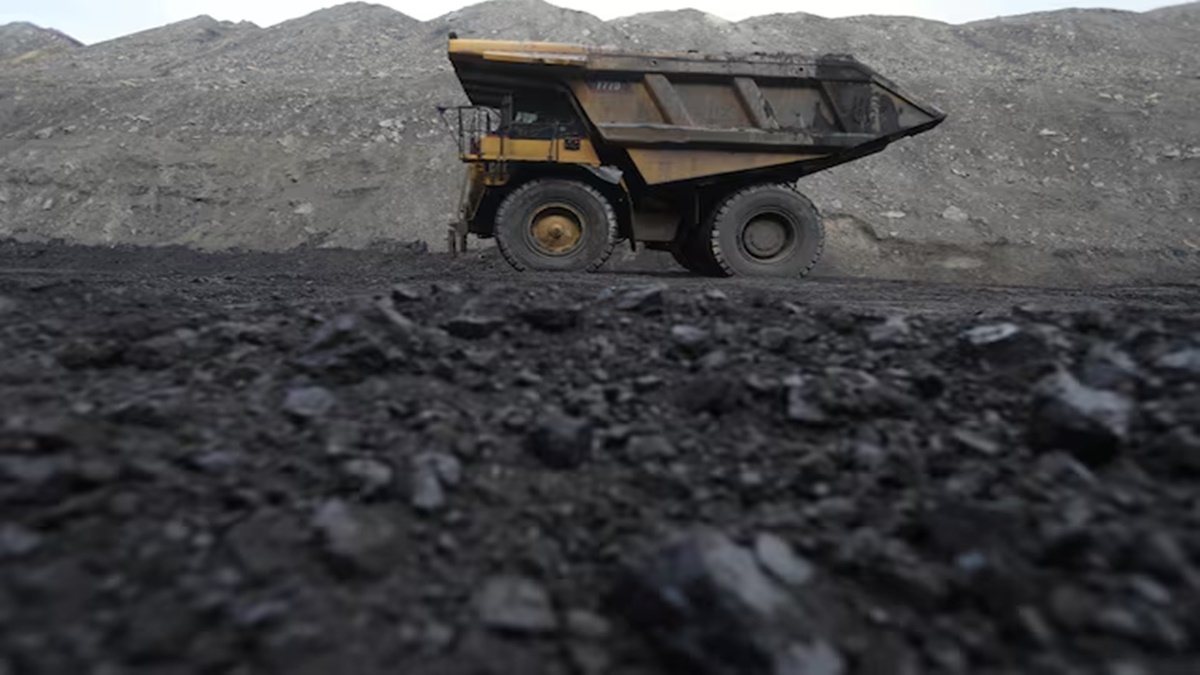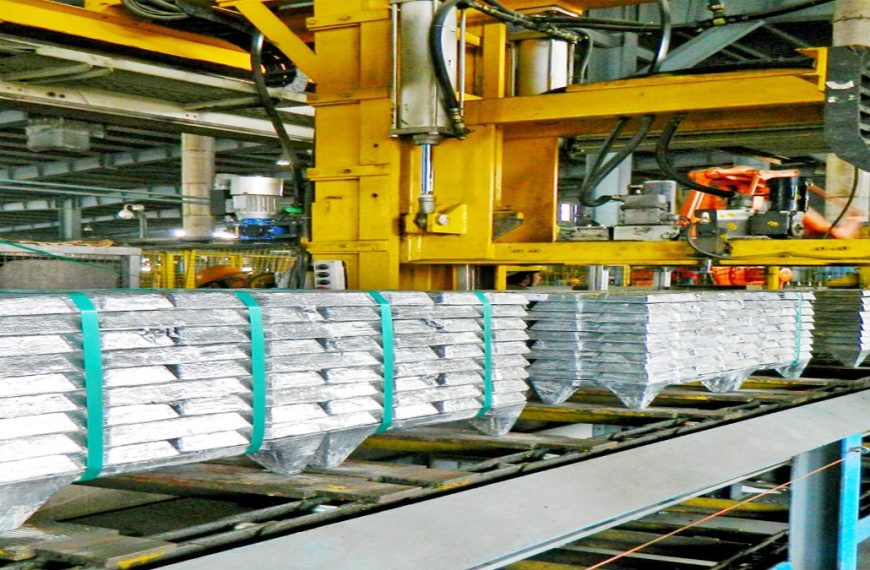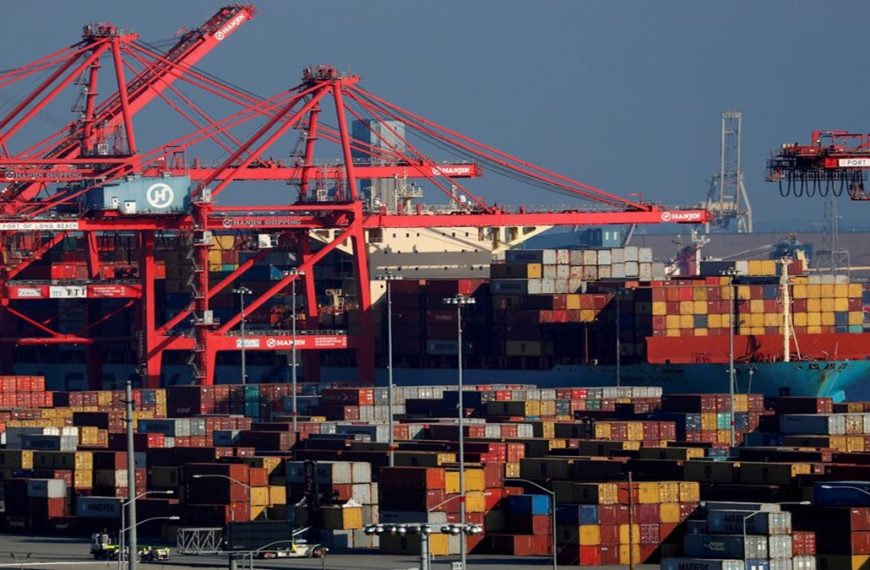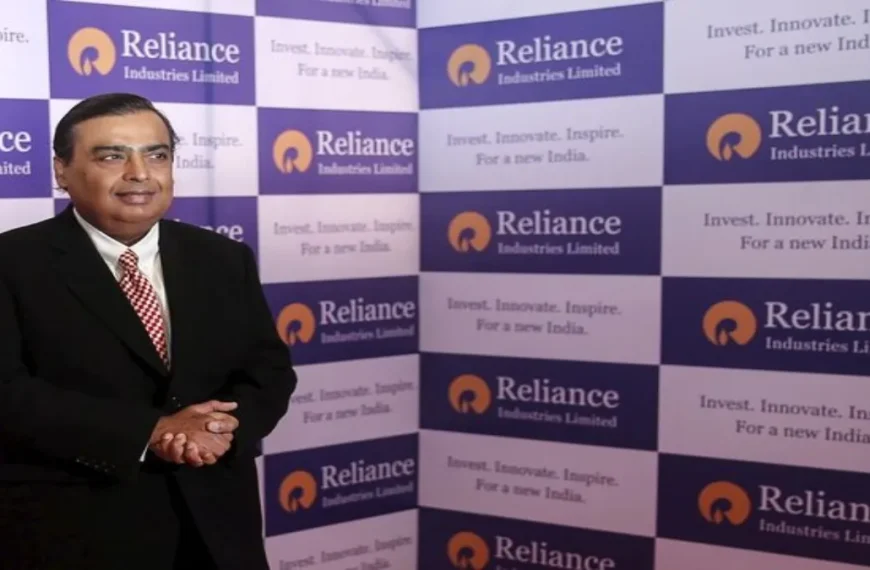India is on the verge of significantly increasing its coking coal imports due to a shortage of this vital steelmaking resource. This surge comes in tandem with the country’s ambitious plans to enhance its steel production capacity. The Steel Secretary revealed these insights on Friday, underscoring the challenges faced in meeting the burgeoning demand for steel.
Rising Demand for Steel in India
India aims to boost its steel production capacity to 300 million tons by 2030, a notable increase from the current production level of 151.1 million tons recorded in fiscal year 2025. Currently, the country’s steel manufacturing capabilities stand at 200 million tons. The Secretary’s comments highlight the strategic importance of coking coal imports in achieving these goals.
Logistics Challenges in Steel Production
One of the main hurdles in expanding steel capacity in India is logistical inefficiencies. The Steel Secretary emphasized that railways are the most economical method for transporting steel, which is in high demand throughout the nation. However, with the majority of large steel plants located in Odisha and Karnataka, rail congestion has become a significant bottleneck.
- Key states for steel production: Odisha, Karnataka
- Major players in the industry: Tata Steel, JSW Steel, Jindal Steel
These logistical issues are further complicated by the concentration of major steel production facilities in just a couple of states, leading to delays and increased transportation costs.
Market Reaction
On Friday, the stock market reflected these concerns, with shares of leading steel companies experiencing declines. Tata Steel fell by 0.96%, JSW Steel dipped by 1.35%, and Jindal Steel saw a drop of 1.45% by 2:10 PM. This market response indicates investor apprehension about the challenges facing the steel sector.
Conclusion
India’s steel industry is at a crossroads, where increasing coking coal imports could be a solution to the impending production limitations. While the country is set on a path to enhance its steel output, addressing the logistical challenges will be crucial in realizing these ambitious targets. Stakeholders in the industry must collaborate to streamline transportation and ensure a steady supply of materials to meet the growing demand for steel.











